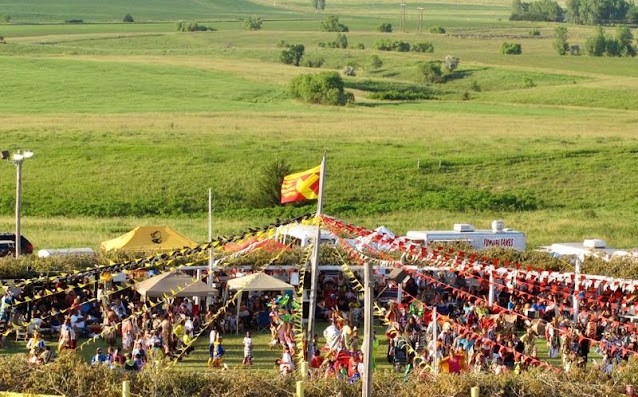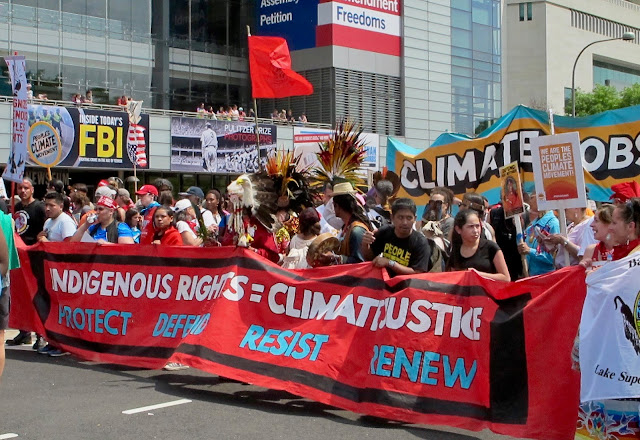Clear Sailing for Giant Sioux Wind Farm

This article appeared on Indian Country Media Network in 2017. For more on topics like this, see my book, American Apartheid: The Native American Struggle.... The Yankton Sioux flag snaps in a stiff Plains breeze; the tribe is part of a coalition set to harness the wind. A coalition of Sioux tribes is poised to harness the wind. Long held sacred by the Great Sioux Nation, or Oceti Sakowin, the wind may soon provide tribal communities with clean, renewable power and sustainable economic development. “We tribes see ourselves as custodians of the environment,” said Oceti Sakowin Power Authority (OSPA) board member Dan Gargan, Rosebud Sioux. “Producing clean energy is something we’ve wanted for a long time.” The endeavor has taken a lot of work, and in the process obstacles have become assets. Oceti Sakowin means “Great Sioux Nation” in Lakota/Dakota, and its vision encompasses the possibility that even more Sioux nations in the U.S. and Canada might join the current group—th

